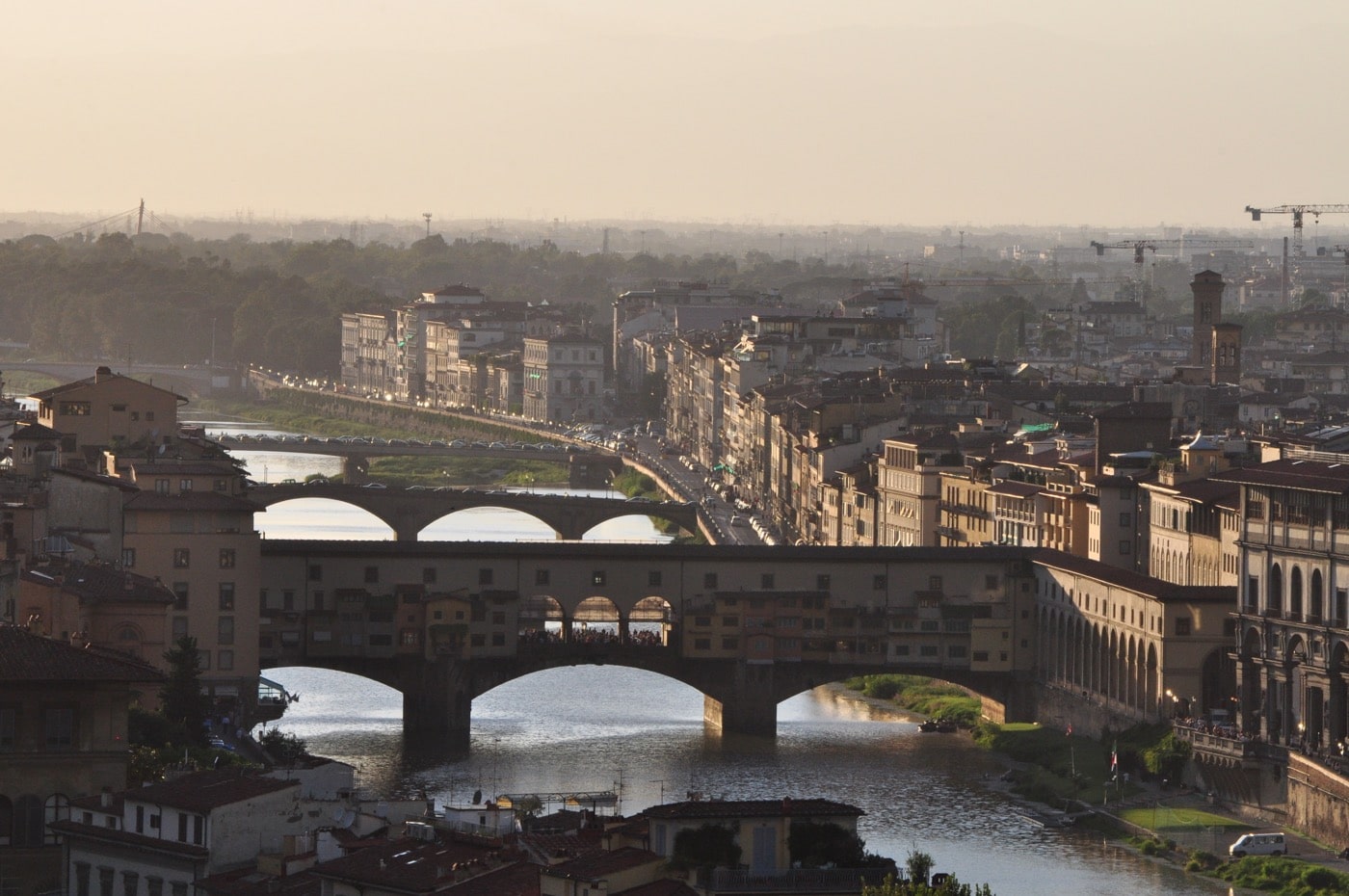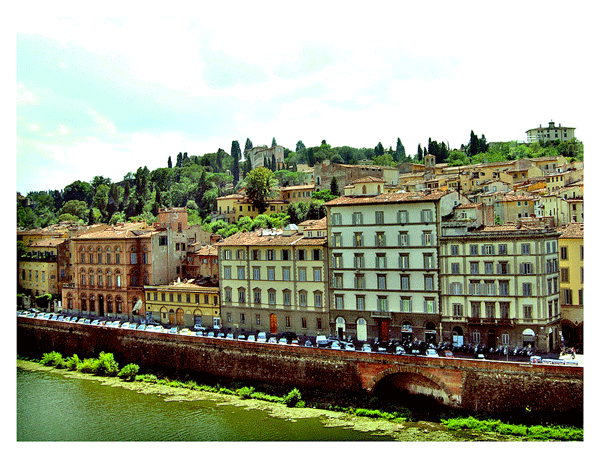 On my last visit to Florence, I made sure to see all of the city’s most famous attractions, from Michelangelo’s David in the Accademia Gallery, the Uffizi with its gallery upon gallery of Renaissance treasures from the masters like Botticelli and Titian, along with the city’s most famous landmark, the Duomo cathedral with its iconic dome by the architect, Filippo Brunelleschi. And while these sites should never be missed no matter how many visits one makes to Florence, I also got to see what the city had to offer in terms of new and contemporary things during my long weekend in the Tuscan capital.
On my last visit to Florence, I made sure to see all of the city’s most famous attractions, from Michelangelo’s David in the Accademia Gallery, the Uffizi with its gallery upon gallery of Renaissance treasures from the masters like Botticelli and Titian, along with the city’s most famous landmark, the Duomo cathedral with its iconic dome by the architect, Filippo Brunelleschi. And while these sites should never be missed no matter how many visits one makes to Florence, I also got to see what the city had to offer in terms of new and contemporary things during my long weekend in the Tuscan capital.
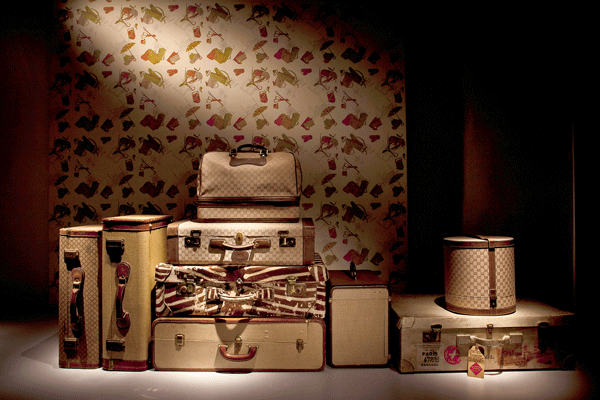
Being a big fan of fashion, my first stop was the Gucci Museum, which opened last fall on the Piazza della Signoria. Housed in a former mercantile building, the three story palazzo has been taken over by the iconic Italian house (which got its start in the city back in 1921). It features exhibits from both the past and present including early travel trunks and cases, handbags with signature bamboo handles, floral print scarves (initially created for Grace Kelly in 1966) and a tricked out 1979 Cadillac Seville with the famous interlocking G’s on the upholstery. There was also a dazzling display in an elegant room of glittery evening dresses worn by some of the stars fortunate to be dressed by Gucci, including Naomi Watts, Hilary Swank and Kate Beckinsale. After my tour, I browsed among the glossy designs and fashion books in the bookstore managed in conjunction with Rizzoli. There’s also a small café where stylish Florentines gather for organic salads and paninis at an iPad-equipped communal table.
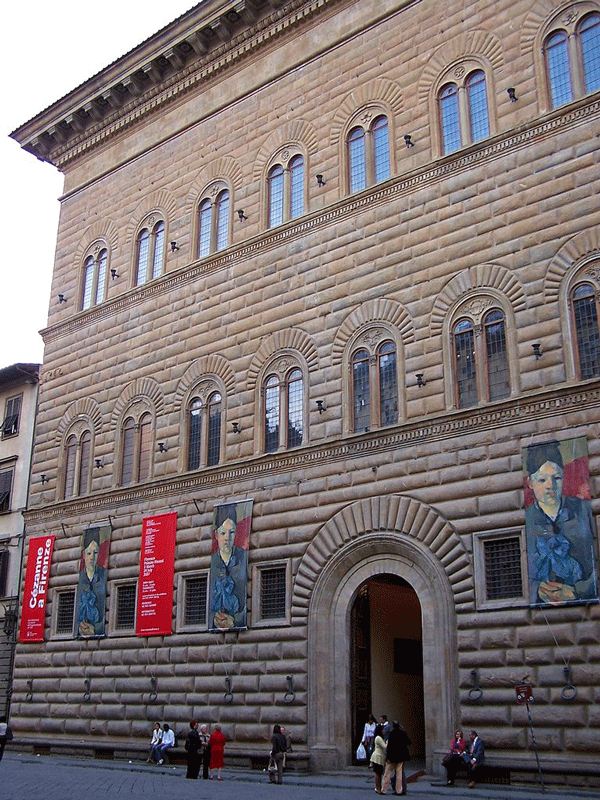
After a pick-me-up macchiato on the outdoor terrace of Gilli, the perennially popular café on the Piazza della Repubblica (with mouthwatering confections in display cases), I headed around the corner to the Palazzo Strozzi, a museum housed in the former 1489 mansion of a prominent banking family. The Strozzi is known for its rotating contemporary exhibits showcasing works painted by Whistler, Sargent, Cassatt and other American artists who once lived in Tuscany. I loved the MOMA-like gift shop, with its high design tchotchkes and jewelry from Angela Caputi, a local designer specializing in boldly colored chunky plastic and resin pieces. Caputi also has freestanding boutiques on Via Santo Spirito and Via Borgo Santi Apostoli.
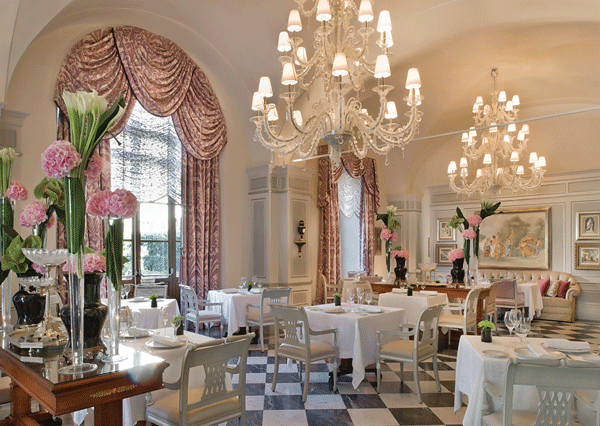
Back at my hotel, Il Salviatino, a luxury four story villa dating from the 15th century just outside of town in Fiesole, I enjoyed a glass of prosecco and some marinated olives in the candlelit library. I was then treated to fabulous views of the Duomo-dominated skyline while dining on the terrace. I feasted on Chef Carmine Calo’s modern Italian dishes like a smoked eggplant-filled pasta and black cod with Tuscan black cabbage while sipping locally produced white wine. Another top restaurant to check out while in town is Il Palagio at the Four Seasons, headed by Chef Vito Mollica, whose signature dishes include apricot filled quail and asparagus risotto with chorizo. And just around the corner from the Uffizi is Ora d’Aria where Tuscan born Chef Marco Stabile is garnering attention with his dishes—his seasonal menus might include cod fillet with a chickpea puree and suckling pig sautéed with black mustard. Both of these restaurants were recently awarded a Michelin star. One of my favorites, though not new—in fact, it’s been around since 1886—is Buca Mario, known for its delicious grilled Florentine steaks and plates of hearty pasta like white truffle linguine.
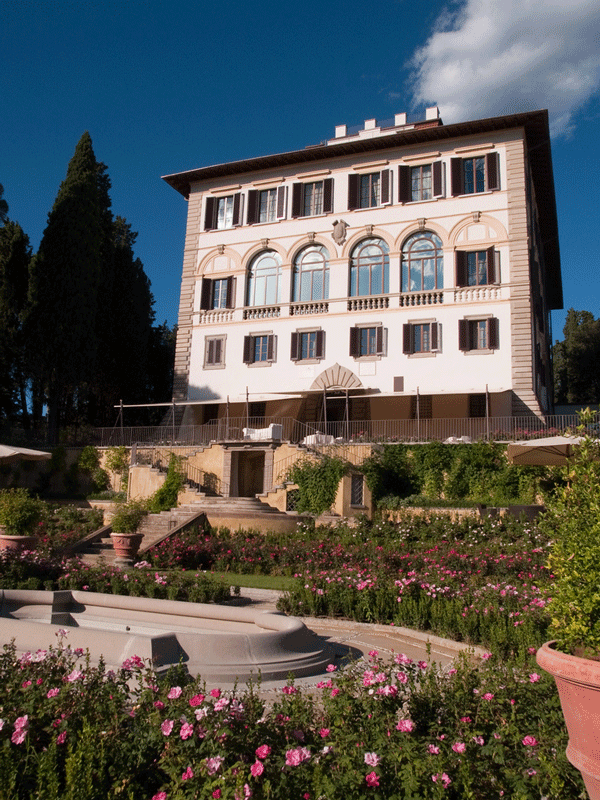
To work off some of my culinary excesses, I took to walking around the grounds of Il Salviatino, which are comprised of 11 acres of parkland and formal gardens (not surprisingly, the elegant setting has been used for many weddings). In a remote setting on the property is a small spa using Florence-based Dr. Vranjes essential oils for its aromatherapy treatment and a swimming pool overlooking the lush Tuscan hills. The 45 rooms are each individually designed with Renaissance-style touches like frescoes and mosaics, yet furnished with 21st century necessities like Wi-Fi, flatscreen TV’s embedded in mirrors and LED-lit rain showers (I’m not sure these would be classified as necessities but they are sure nice to have). One of the top suites is the Ojetti, a loft space with a skylight, glass-floored living room and a winding stone staircase leading to a deck overlooking the city. My favorite was the ground floor Alfresco Suite. There, a 19th century fresco by Italian painter Domenico Bruschi was uncovered beneath the ceiling plaster during renovations and an ancient carved marble bath tub that was left sitting in the overgrown garden is now installed grandly in the open walled bathroom.

It was easy to wile away the day at Il Salviatino but Florence and its shops were calling me. And so, after a ten minute taxi ride I was back in the heart of the city, this time heading to the Dr. Vranjes shop, a sage green and white jewel box boutique/laboratory in the Santa Croce quarter, to create my own aromatherapy blend. After sampling many of the essential oils, I settled on a mix of vanilla, amber and orange which was then poured into a small glass bottle shaped like the Brunelleschi dome. Adorable!
Based on a recommendation from a friend in New York, I also stopped into Martelli, a glove shop just off the Ponte Vecchio. It had dozens of styles of leather gloves in multi-colors so I bought a few for myself and friends, choosing from the array of bright hues. I also window shopped along Via Tournabuoni which is lined with all the big Italian fashion names—Armani, Pucci, Ferragamo, etc.
When twilight descended, I could think of no better way to cap my evening in the city than to have some gelato and stroll the cobblestone streets. You see, in Florence, it’s easy to be seduced by its ancient charms while still marveling at its utter modernity.
The international dialing code for Italy is 39.
Where to Sleep:
Il Salviatino – The villa dates from the 15th century when a prominent banking family bought the existing farmhouse and built a palatial mansion. In 2007 hotelier Marcello Pigozzo and his son bought the property and spent millions renovating the villa and the parkland. Via del Salviatino 21, 011-39-55-904-1111, www.salviatino.com
Four Seasons – Housed in the historic Gherardesca palazzo, across from a leafy eight acre park, this ultra-luxury hotel, complete with ceiling frescoes and gilt-edge Renaissance style paintings, has 117 rooms and the Michelin starred Il Palagio restaurant. Borgo Pinti 99, 011-39-55-26-261, www.fourseasons.com
St. Regis – Overlooking the Arno River and steps from the Duomo, this posh branch of the Starwood chain (in the former Grand Hotel) has recently reopened after a massive renovation. There are 81 rooms and 19 suites, a spa, outdoor terrace and award-winning restaurant. Piazza d’Ognissanti, 011-39-55-27-161, www.starwoodhotels.com
Where to Eat and Drink:
Il Palagio – A Michelin starred restaurant under executive chef Vito Mollica known for his modern Italian cuisine. Enjoy your meal in the dining room with glass chandeliers or on the elegant terrace. Borgo Pinti 99, 011-39-55-26-261, www.fourseasons.com
Ora d’Aria – After an afternoon of touring the Uffizi, dine at this Michelin starred restaurant helmed by Tuscan-born chef Marco Stabile. Via dei Georgofili 11R, 011-39-55-200-1699, www.oradariaristorante.com
Buca Mario – This classic Italian steakhouse in a lower level space with a series of low-ceilinged rooms is a must for those seeking an authentic Florentine meal. Start out with a plate of homemade pasta, and then follow it (if you can) with an enormous grilled steak. Piazza degli Ottaviani, 011-39-55-214-179, www.bucamario.it
Must See and Do:
Gucci Museum – A showcase for all things Gucci in a renovated 14th century palazzo on one of the city’s central squares. Also on the premises is a bookstore, a minimalist café and a small Gucci shop selling limited edition silk scarves, crocodile handbags and leather footwear. Piazza della Signoria, 011-39-55-7592-3300, www.gucci.com
Palazzo Strozzi – This museum housed in a stunning Renaissance palazzo features contemporary rotating exhibits; there’s also an on-site café and a well-stocked gift shop. Occasionally, there are classical music concerts in the building’s large central courtyard. Piazza degli Strozzi, 011-39-55-277-6461, www.palazzostrozzi.org
Uffizi Galleries – Florence’s most famous museum dates from the 16th century when the Medicis were in power. Today it boasts such masterpieces as Boticelli’s Birth of Venus and Primavera as well as Titian’s Birth of Orbino and works from Michelangelo. Piazza degli Uffizi, 011-39-55-294-883, www.uffizi.firenze.it

